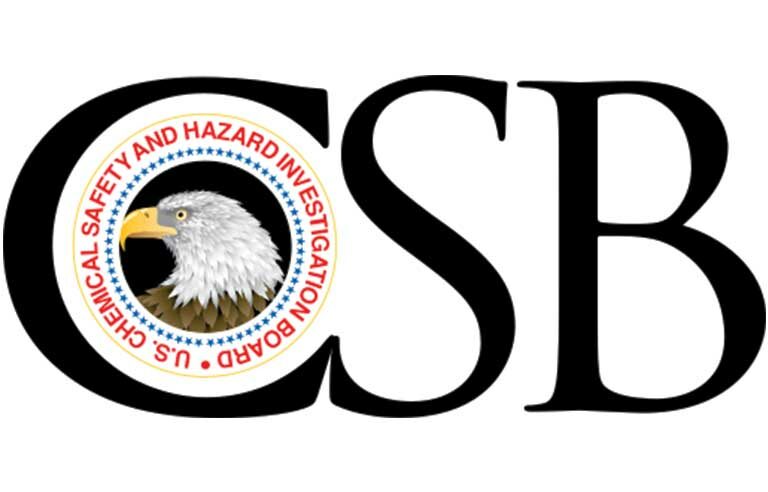Chemical Safety Board investigation explores ammonia hazards

Washington — Clouds of anhydrous ammonia – which is toxic when inhaled – may not be visible “if the cloud does not condense sufficient atmospheric moisture,” the Chemical Safety Board warns.
CSB revisited the hazards of ammonia as part of a recent investigation update. A July incident at the Cuisine Solutions Inc. food processing facility in Sterling, VA, involved the release of approximately 170 pounds of anhydrous ammonia after an emergency pressure relief valve discharged.
During the evacuation, some workers unwittingly exited the facility near a visible, white ammonia cloud and had trouble breathing – one symptom of exposure to the substance. Four of them were hospitalized.
The agency says the incident reinforces the importance of effective emergency response and evacuation protocol and regular equipment maintenance.
CSB cites a Department of Labor resource that states that a concentration of ammonia 300 parts per million or greater is considered immediately dangerous to life and health. Exposure below that threshold can trigger headaches; nausea; vomiting; coughing; wheezing; and irritation to the nose, throat and mouth.
“Anhydrous ammonia is a toxic substance, and exposure to even small amounts can have significant adverse health impacts,” CSB Chair Steve Owens said in a press release. “The formation of a toxic ammonia cloud like the one in this incident can pose serious potential risks not just to those in the immediate vicinity, but to the surrounding community as well.”
CSB’s investigation is ongoing. “Complete findings, analyses and recommendations, if appropriate, will be detailed in the CSB’s final investigation report,” the agency says.
Post a comment to this article
Safety+Health welcomes comments that promote respectful dialogue. Please stay on topic. Comments that contain personal attacks, profanity or abusive language – or those aggressively promoting products or services – will be removed. We reserve the right to determine which comments violate our comment policy. (Anonymous comments are welcome; merely skip the “name” field in the comment box. An email address is required but will not be included with your comment.)

